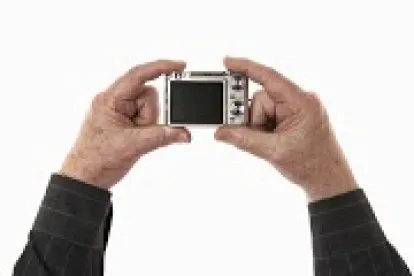In a case where a licensee granted the right to sue was bounced by the district court for lack of standing, the US Court of Appeals for the Second Circuit ruled that under § 501(b) of the Copyright Act, assignees of the bare right to sue for infringement lack statutory standing where they neither have nor ever have had “legal or beneficial” ownership “of an exclusive right.” John Wiley & Sons, Inc. v. DRK Photo, Case No. 15-1134 (2d Cir., Feb. 16, 2018) (Carney, J) (Parker, J, dissenting).
DRK maintains a collection of stock photographs that it licenses from copyright holders and in turn licenses to textbook publishers for a fee. One such publisher was John Wiley & Son. The license between DRK and Wiley authorized a limited number of uses for each image. The standing issue arose as a consequence of a 2011 declaratory judgment action by Wiley and DRK’s infringement counterclaim based on John Wiley’s alleged production of textbooks in excess of the agreed amount.
DRK is not the copyright holder of the photographs in question. Rather, it is a party to two separate agreements with the photographers. The first, a “Representation Agreement,” established a non-exclusive agency relationship. The second, a “Copyright Assignment, Registration, and Accrued Causes of Action Agreement,” included two clauses that were in issue in this case. The first clause granted all copyright and legal title to DRK up until DRK registers the image’s copyright, at which point DRK agrees to reassign all rights and title back to the photographer. The second clause granted DRK all rights in any accrued or later accrued causes of action to enforce the image’s copyright.
On summary judgment, the district court granted John Wiley’s motion and dismissed DRK’s infringement claims for the images where DRK was a non-exclusive licensee. After finding that neither the Representation Agreement nor the Assignment Agreement conferred any legal title in the photographs to DRK, the district court concluded that the authorizing suit on a copyright holder’s behalf was insufficient to convey statutory standing. DRK appealed.
The Second Circuit panel majority interpreted the durational limitation in § 501(b) (requiring ownership of at least one exclusive right during the time when infringement of that right allegedly occurred) as evidencing congressional intent to “carefully circumscribe the boundaries of statutory standing.” The Court further relied on the joinder provision of § 501(b), which permits joinder of those whose rights “may be affected” (i.e., non-exclusive licensees), as evidence that Congress did not intend to authorize standing by virtue of bare assignments of the right to sue.
The Second Circuit also addressed whether DRK was, or had ever been, a legal or beneficial owner of an exclusive right by virtue of either of the two agreements. The Court found neither agreement conferred in DRK legal or beneficial ownership of any exclusive rights. The Court dismissed the Representation Agreement as a non-exclusive license incapable of transferring ownership of any exclusive right. Further, even though the Granting Clause of the Assignment Agreement purported to transfer legal ownership of all exclusive rights, the Court explained that applicable state law permitted introduction of parole evidence. Upon consideration of communications from DRK to photographers that stated “there is no ‘rights grab’ going on,” the Court concluded that the clause should not be interpreted as transferring legal ownership. Lastly, the Court dismissed DRK’s argument of beneficial ownership because, at most, a person may become a beneficial owner when receiving an equitable interest in an exclusive right—not equity in the right to sue as DRK argued.
In dissent, Judge Parker argued that the Copyright Act authorizes statutory standing to those holding bare assignments of the right to sue: “[b]ecause I conclude that nothing in the Copyright Act precludes DRK from prosecuting claims on its non-exclusive licenses as an assignee of a bare right to sue, I would reverse on this ground alone and would not reach the question of whether DRK had beneficial ownership of a copyright interest.” The dissent also argued that it was error to admit parole evidence to interpret a clause plainly clear on its face, especially as the Assignment Agreement had no choice of laws provision. Parker would have found that the Granting Clause transferred ownership of the exclusive rights: “the critical provision of the Assignment Agreements states that ‘[t]he undersigned photographer . . . hereby grants to DRK all copyrights and complete legal title in the Images.’. . . By any reasonable calculus this statement is unambiguous.”




 />i
/>i

